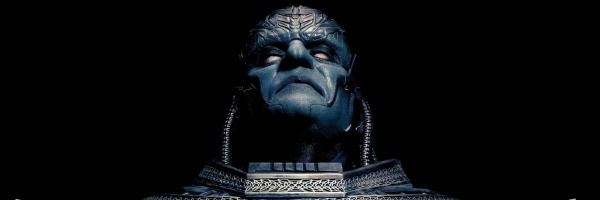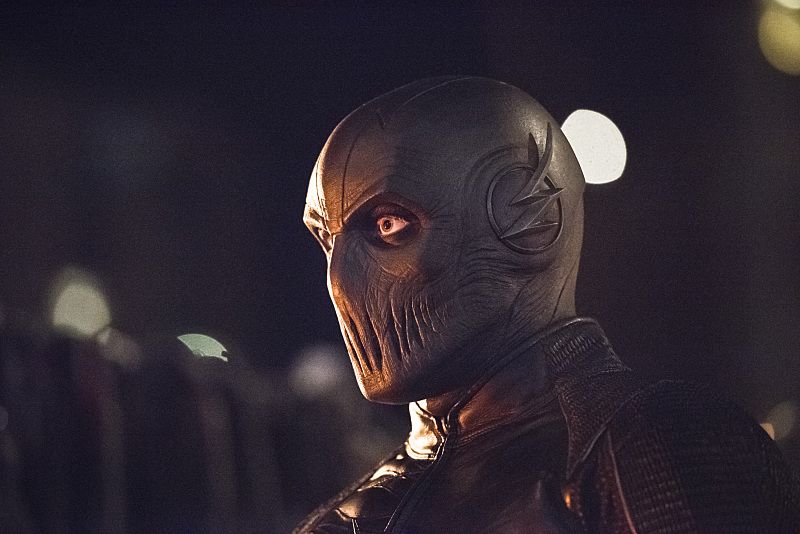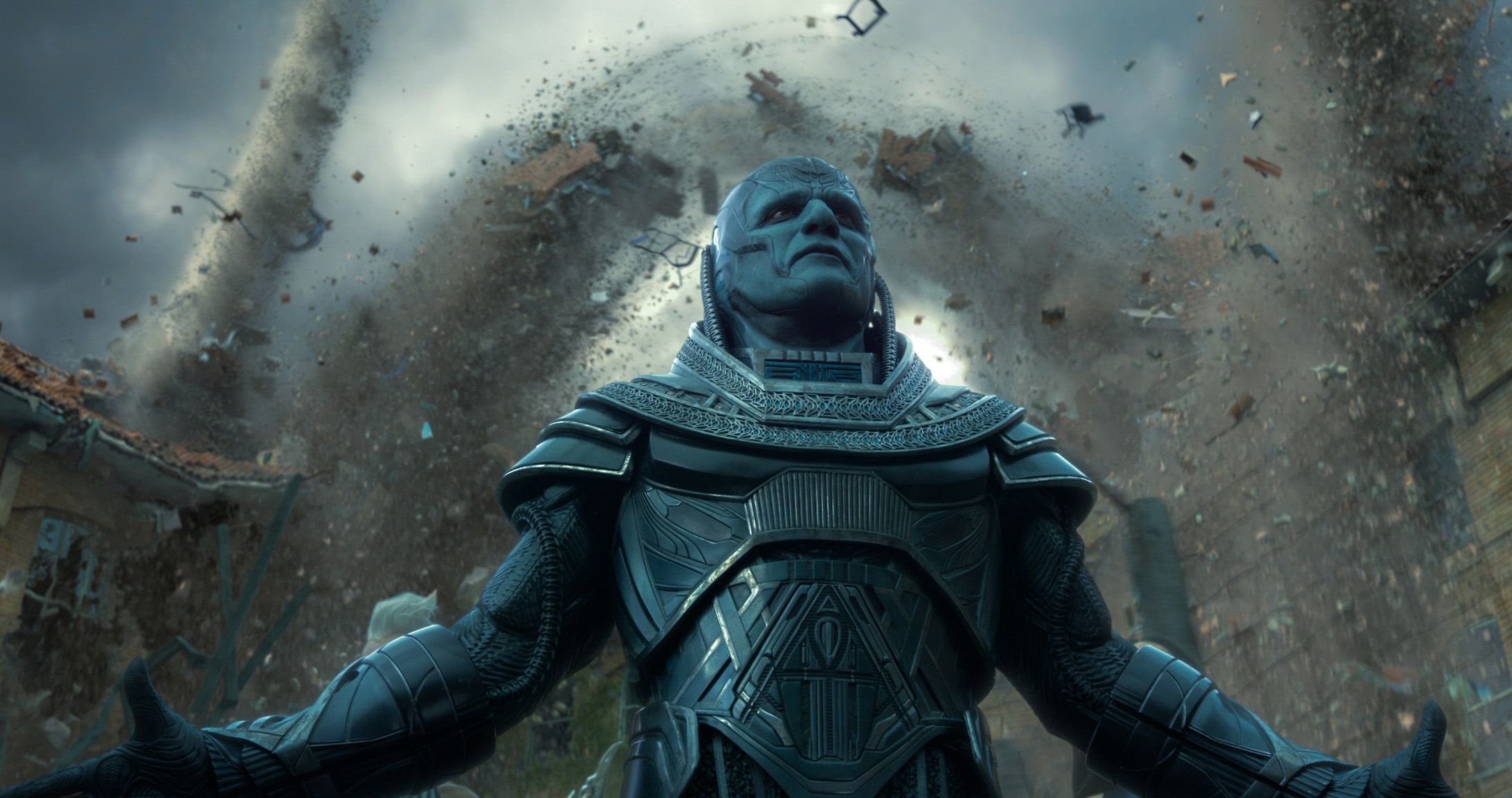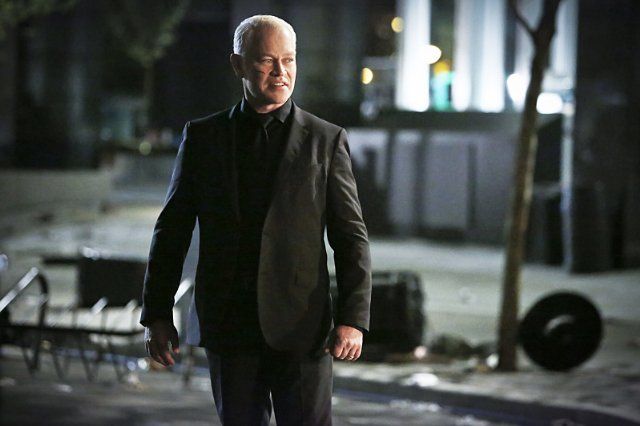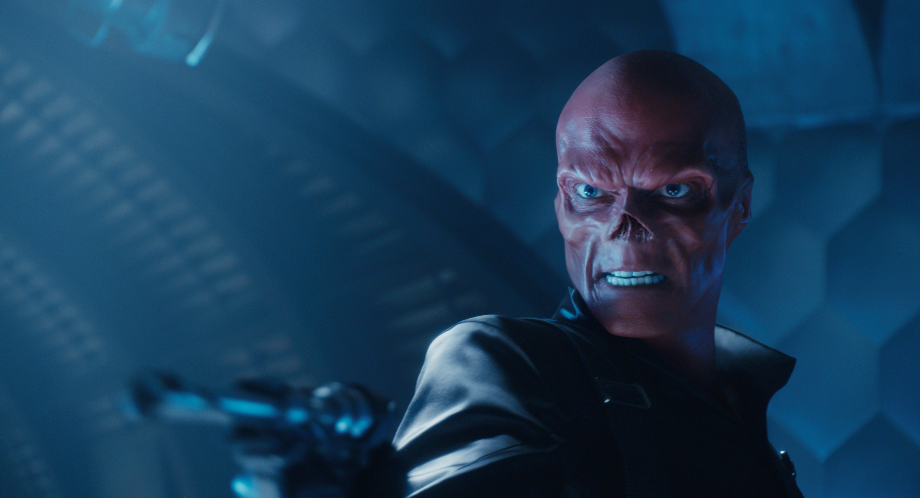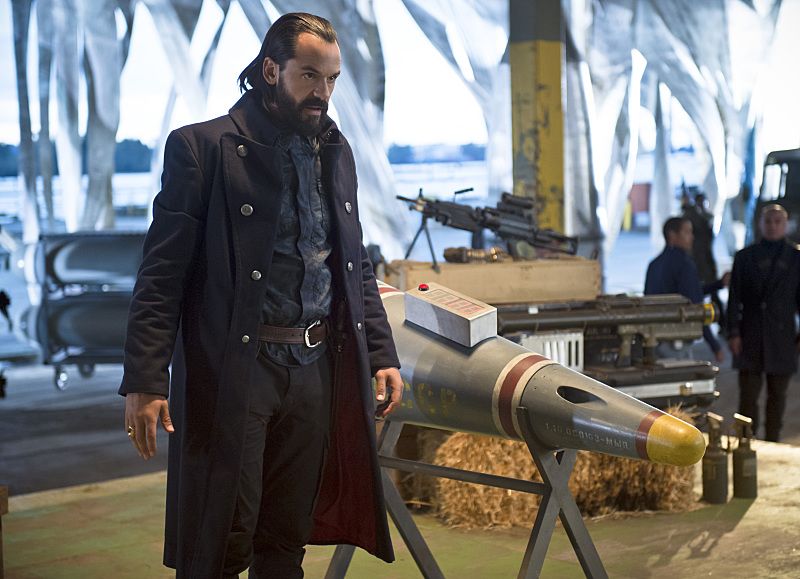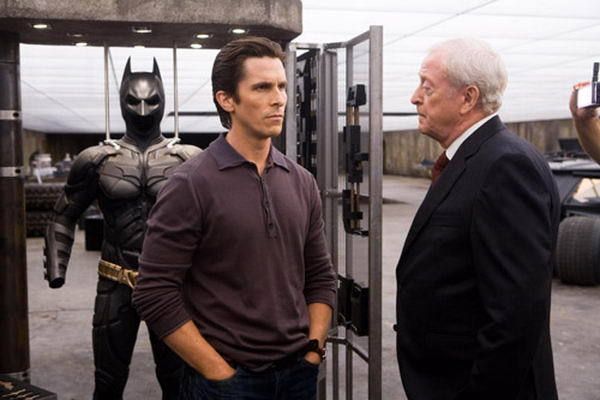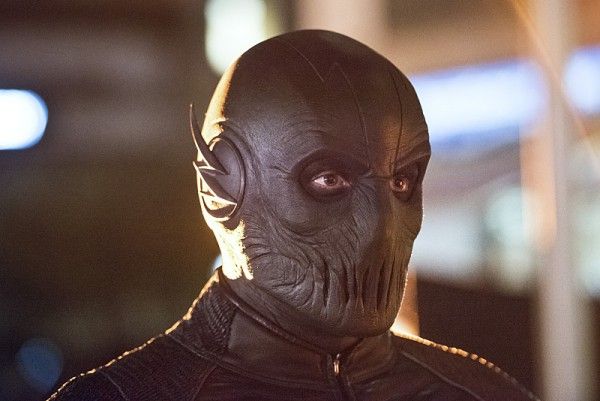Sometimes, I’m not sure if The Dark Knight was worth it. Sure, it’s one of the best superhero films ever — and one of the best films, full stop, of the last 20 years — but it has also led to the misguided mimicry of countless on-screen superhero stories to follow. We see this in so many ways, but perhaps my least favorite example of superhero stories trying to copy The Dark Knight (and missing the point) is in the Some Men Just Want to Watch the World Burn villain trope, explained in the video below.
To sum it up (imagine it's being delivered in cockney gravitas by British thespian Michael Caine): “Some men aren’t looking for anything logical, like money. They can’t be bought, bullied, reasoned or negotiated with. Some men just wanna watch the world burn.”
While The Dark Knight is a nuanced thematic exploration of chaos and urbanity, most superhero stories are, well, not. So, from now one, here’s a one-step process for superhero story creators trying to decide if they should feature a Some Men Just Want to Watch the World Burn villain-type in their superhero story. Step #1: Is Sir Michael Caine, CBE in your project and willing to give a speech explaining this trope? If yes, proceed. If no, create a villain with actual character motivation. Here are a few egregious examples of recent superhero stories that have not followed this simple rule, with a special highlight on the Arrow-verse.
Zoom on 'The Flash'
The Flash began Season 2 with such momentum. Most hailed its freshman series as one of the best superhero stories on TV and, with the introduction of fun, metahuman-of-the-week characters like King Shark and the further exploration of time travel, Season 2 seemed poised to be just as good if not better. Then, unfortunately, the Zoom plot went off the rails. What started as a truly terrifying villain with mysterious motivations turned into, well, still a terrifying villain with mysterious motivations — but this was after the show tried to explain Zoom’s motivation and backstory to us in “Versus Zoom.”
Sure, Zoom’s f-ed-up-ness makes sense given that he saw his father murder his mother, and was then sent to a Dickensian orphanage like he was an A Series of Unfortunate Events extra, but The Flash failed to ever successfully articulate how Zoom went from Hunter Zolomon to the man who wanted to see the multiverse burn. And that’s a problem. Because the last third of The Flash’s second season depended on us being fascinated by Zoom and his tragic betrayal of Team Flash — and we were not. As I wrote in my review for the season finale of The Flash:
“TV is never particularly good at selling ‘crazy’ villains. When it comes down to it, The Crazy Supervillain is a lazy archetype and one that usually isn’t very interesting to break down on the thematic level. Why did Hunter do what he did? Because he wanted to destroy the multiverse. Because he wanted to prove that he was the fastest. Because he wanted to prove that Barry would be just like him, if he lost everything, too. Take your pick. Perhaps if The Flash had chosen just one of those motivations for Zoom and given us a fully-developed understanding of how he came to think in such a destructive, selfish manner, then this season finale (and the episodes that came before it) would have worked. Unfortunately, that’s not what happened.”
Apocalypse in 'X-Men'
It seems that the notorious villain problem from the Marvel Cinematic Universe is leaking over into other on-screen Marvel properties. This summer’s X-Men: Apocalypse featured one of the worst Some Men Just Want to Watch the World Burn villains we’ve seen in a long time. Apocalypse’s trifecta of awfulness came down to: 1. Bad writing. 2. Bad makeup. 3. The fact that his awfulness bled into any character he touched.
Apocalypse not only wanted to watch the world burn (to build a better one, yada, yada, yada), but he got other, more interesting characters to fall into this lazy characterization, too. Sure, Magneto is basically a mass murderer on his best days, but he is also usually a politically-motivated one. The valid ideological debate between Erik and Charles is one of the things that sets the X-Men story apart (read: higher) than most franchises out there. Once Apocalypse showed up on the scene, Erik was killing thousands, if not millions, of people (including innocent children like his daughter, and probably many mutants) as part of Team Horsemen. And, come the end of the movie, there was weirdly no recognition of that fact.
Apocalypse's lazy characterization also blemishes Storm’s character, who stands there and watches as Apocalypse and Erik destroy her city, even though she had previously been presented as a moral, principled character. Though it could be read that Apocalypse has some sort of hypnotic power, it is never clearly articulated in the film — and to put a firm end to that, Bryan Singer has gone on record saying this is not the case. Instead, we are left with yet another egregious example of underdeveloped villains who just want to watch the world burn — or, you know, turned into dust.
Damien Darhk on 'Arrow'
Damien Darhk is yet another Arrow-verse villain who started out the season oh-so-promising only to descend into silly, mystical, world-destroying nonsense. As a character, Darhk had the considerable advantage of being played by Neal McDonough. Unfortunately, not even McDonough’s gleeful deliveries could counteract the underdeveloped motivation of Mr. Darhk who spent the entire season trying to get people to move out of Star City for some reason, even though his plan was to blow up the entire world. OK, fine. But, even after his planned dome-topia was destroyed — negating the part of his world-destroying plan that would have created a new, much smaller world order after the apocalypse — he went ahead as planned.
Wanting to destroy the world to build a better one is not my favorite villain motivation (see: the X-Men Apocalypse section of this article), but it is more than a hop, skip, and a jump from wanting to destroy humanity (including your own daughter) full stop. Arrow tries to make this character motivation leap over the course of the final two episodes of the season, using that lazy narrative shorthand that is grief equals a more relaxed attitude towards murder and genocide. (See also: Erik in X-Men: Apocalypse.) This isn’t true. It’s the lazy characterization cousin to the Some Men Just Want to Watch the World Burn trope.
Red Skull in 'Captain America: The First Avenger'
Out of all the Watch the World Burn villain-types on our list, Red Skull works best, perhaps because of the campy tone of Captain America: The First Avenger and perhaps because the villain is less of a focus in the earlier parts of the film. However, the last third of this film — the parts that lean more heavily on Red Skulls’ quest to destroy the world — is the weakest.
Red Skull is a thinly-veiled cipher for Hitler and his quest to create a Master race, but The First Avenger leans too heavily on that parallel without explaining why Johann Schmidt actually buys into it. Instead, we get vague, arrogant statements like this one: "My weapons contain enough destructive power to decimate every hostile capital on Earth. Quite simply, gentlemen, I have harnessed the power of the gods." OK, but why?
Frequent MCU scriptwriter Christopher McFeely (though not writer of The First Avenger script) chatted with JoBlo about the notorious villain “problem” of the shared cinematic universe, specifically in the early phases, saying:
“If you think about it, I get the criticism, but the early phases were all origin stories. It tends to create a similar villain. When it is no longer an origin story, I think you might have a little bit more freedom to create different villains. I’m sensitive to the problem. I get it. But it wasn’t the Robert Redford story, it was Captain America: The Winter Soldier. It wasn’t the Red Skull’s journey, it was the journey of one guy going from ninety pound weakling to American hero and then going into the ice. So in a 120-minute movie, it is difficult, and Thanos will possibly change that, but you want time spent.”
I get where McFeely is coming from — and his scripts have been amongst the best in the MCU — but just because a movie is an origin story, doesn’t mean you should have a well-thought out villain. (If you were wondering, this is the same kind of logic that leads to poorly-characterized romantic interests.) A poorly-characterized villain hurts even a well-characterized hero because, especially in the standalone MCU films, the entire world is a reflection of that headlining character. Sure, it’s harder in film than TV to paint out nuanced emotional arcs for supporting characters, but it’s not impossible. And it’s definitely not superfluous.
Vandal Savage on 'Legends of Tomorrow'
Vandal Savage may be the least effective villain on this list because, while he, too, falls into the lazy Some Men Just Want to Watch the World Burn trope, he is not at all scary while doing it. Sure, Rip Hunter likes to tell us about how scary Vandal Savage is and how he is going to destroy the entire timeline and everything that anyone has ever held dear (but, most importantly, Rip’s family), but Legends of Tomorrow was never particularly good at demonstrating that in its first season. As Collider’s own Allison Keene so deftly put it in her review for “River of Time”:
“[The Flash’s Zoom and Arrow’s Darhk] live on chaos and destruction, they want to see the world burn. Vandal Savage? He makes casseroles and hangs out with his kids. Awesome qualities for a dad. Crap qualities for a villain.”
To be fair, Legends of Tomorrow does give us some character motivation explanation for Savage’s machinations: he loves Kendra, who has shunned him for all of time, in all of her incarnations. He is basically the creepiest stalker ever. (She just not that into you, dude.) But, because this Some Men Just Want to Watch the World Burn trope has become so ingrained in our popular culture – and most particularly — our on-screen superhero stories, Savage decides that wreaking havoc across time is the best way to win Kendra back. Or, you know, if he can’t have her, then he'll just rule over the smoldering ashes of the entire world, which he hopes to rule over by wiping out and returning in time to Ancient Egypt. Sure.
Why It Matters
When it comes down to it, unless you’re telling a very specific, nuanced, well-articulated story about chaos a la The Dark Knight, then Some Men Just Want to Watch the World Burn villains are not only lazy, bad writing, but they are also dangerous. They present the idea that there are lots of people out there who like to create chaos for chaos’ sake so, when something tragic happens in the real world, other than trying to understand what has led a terrorist or gunman or whomever to take such drastic actions, we explain it away as Evil or Crazy. People don’t make choices in a vacuum. They are often angry or violent or deranged because of cultural, social, and political influence that we can work to change.
We will never be able to stop future “bad guys” from perpetrating villainy in the real world if we continue to accept this simple, black-and-white narrative — both in our fictional blockbusters and in real life — that some people just want to watch the world burn for the fun of it. No, these superhero stories are not real life, but they do inform our perspectives on it. Time to let the Some Men Just Want to Watch the World Burn trope die a fast, painful death. For the sake of good storytelling and for the greater social good.

